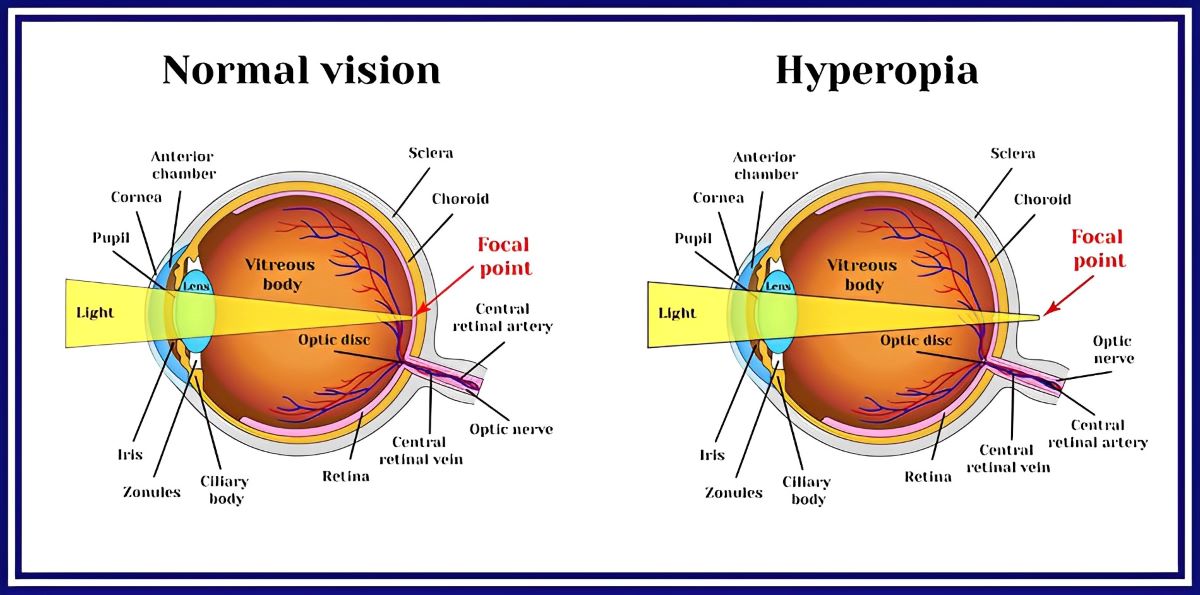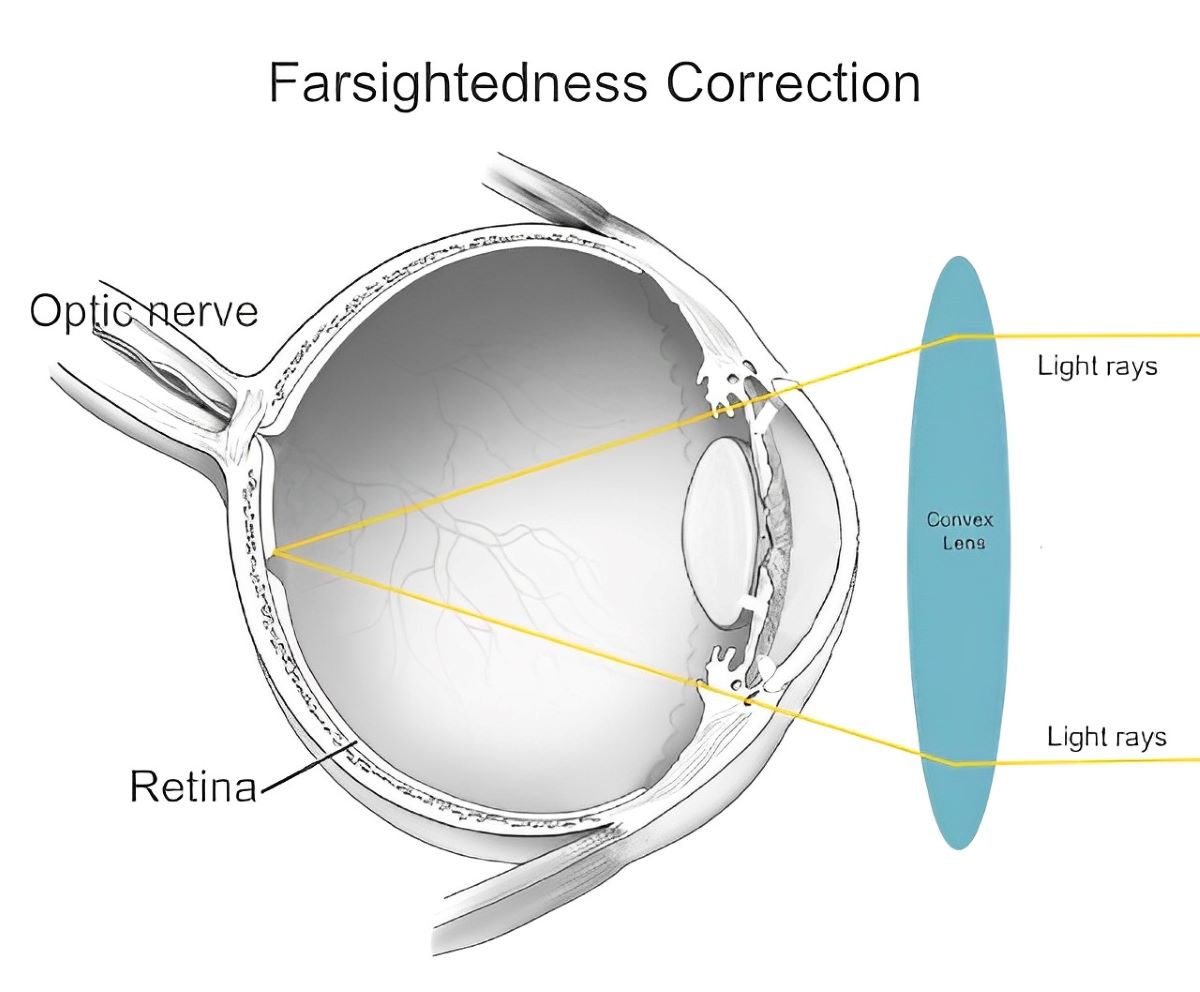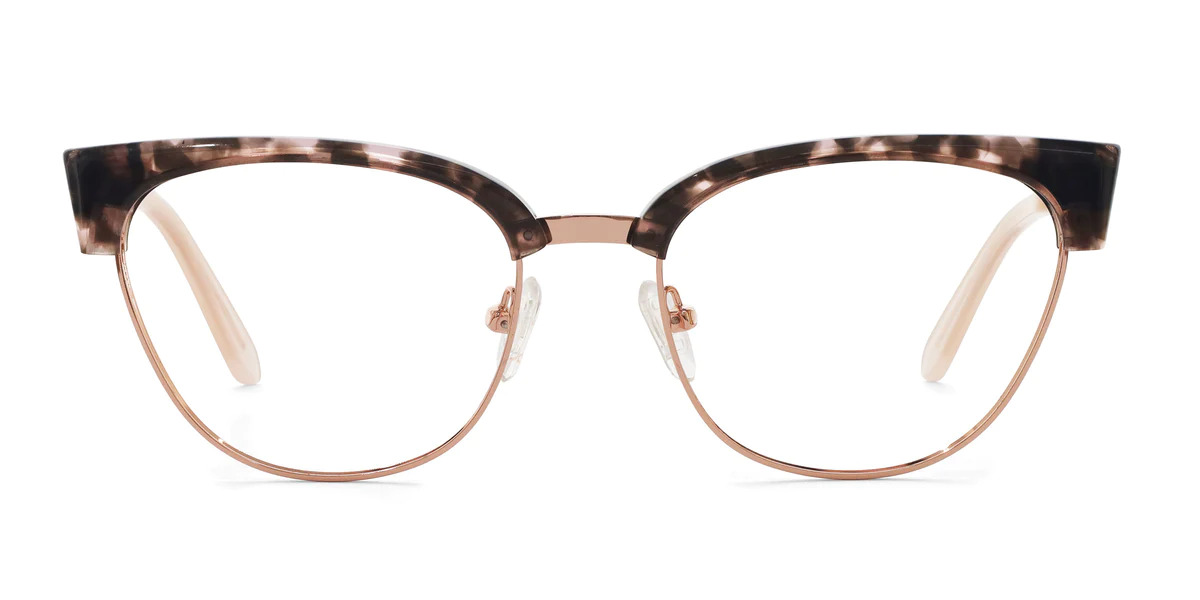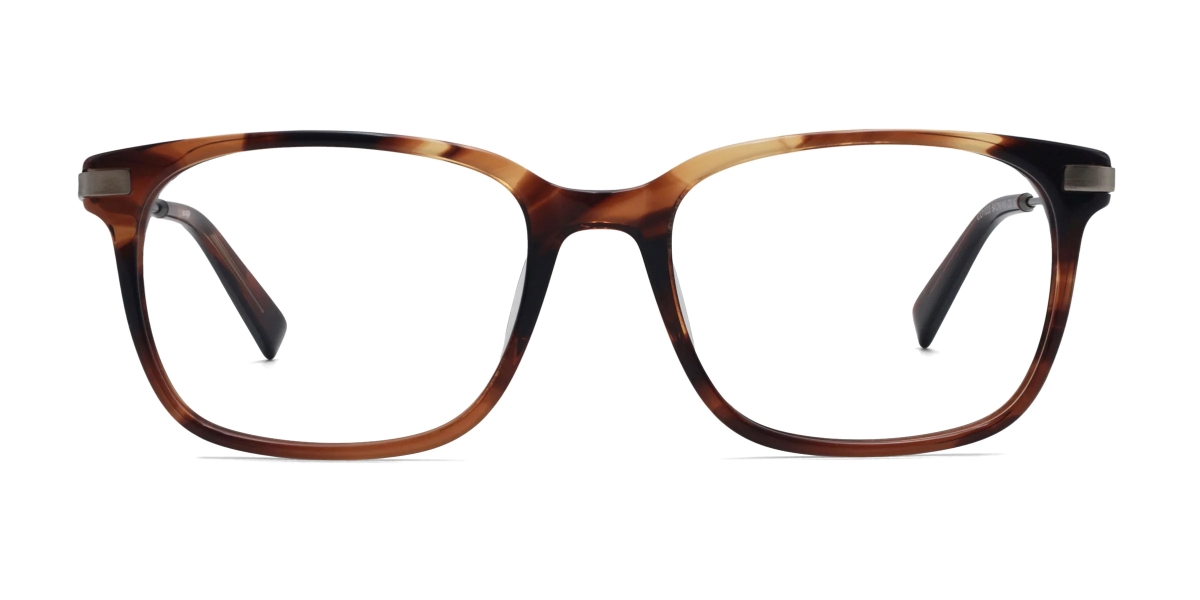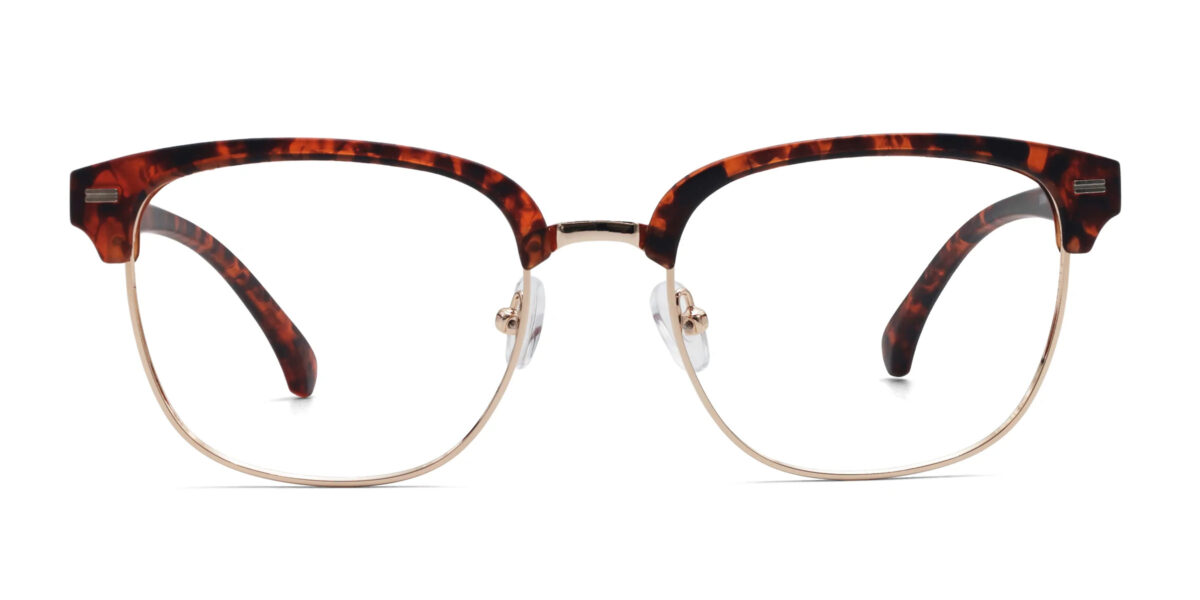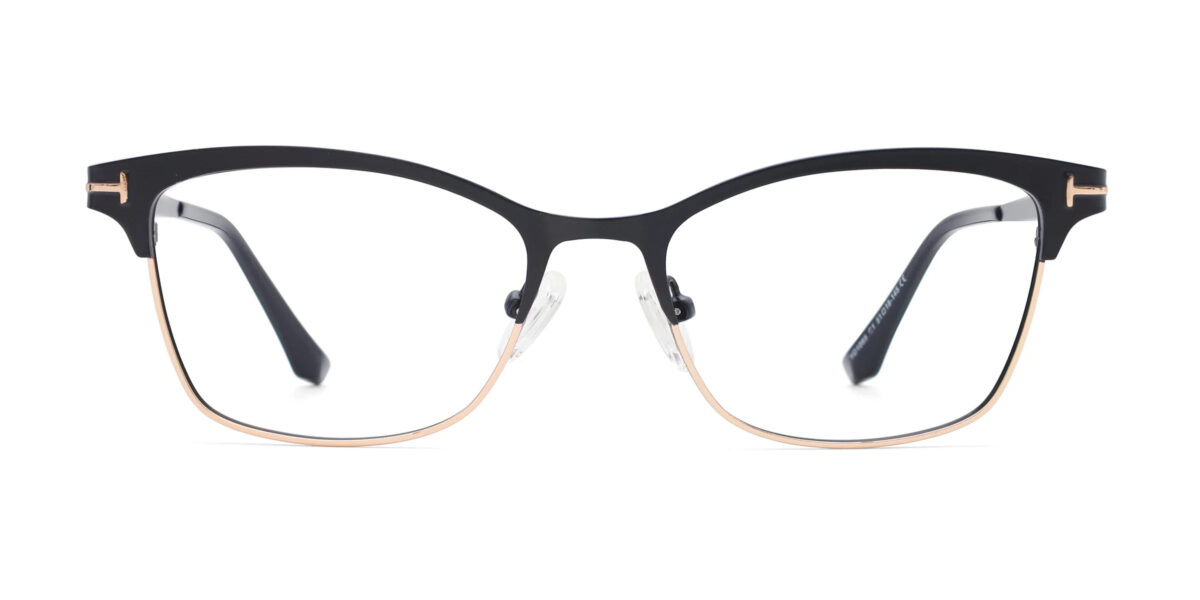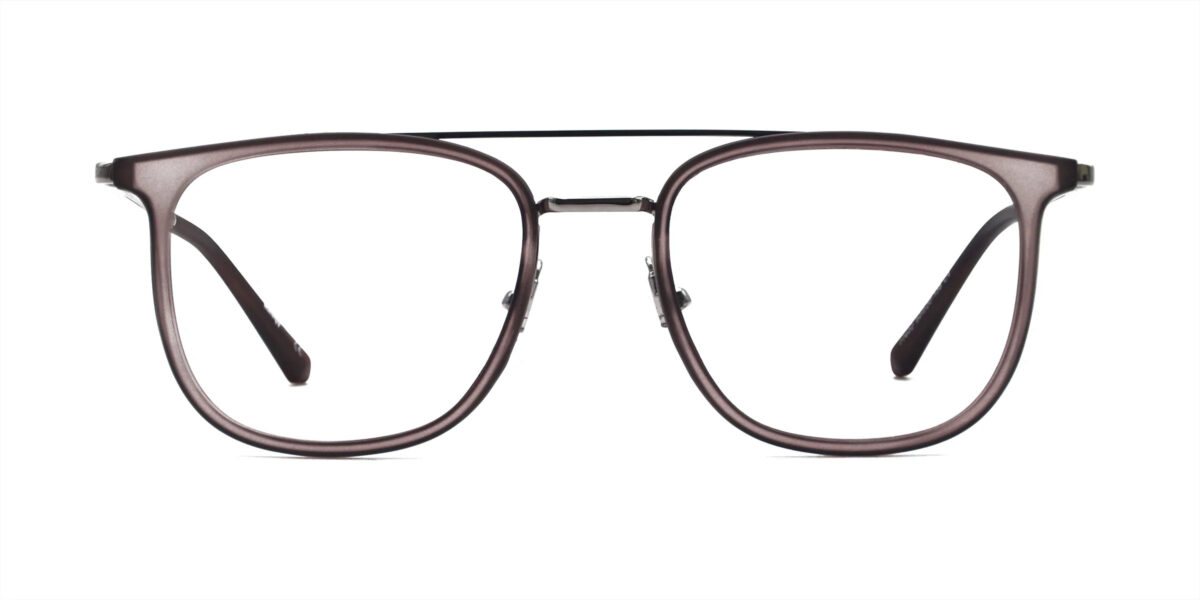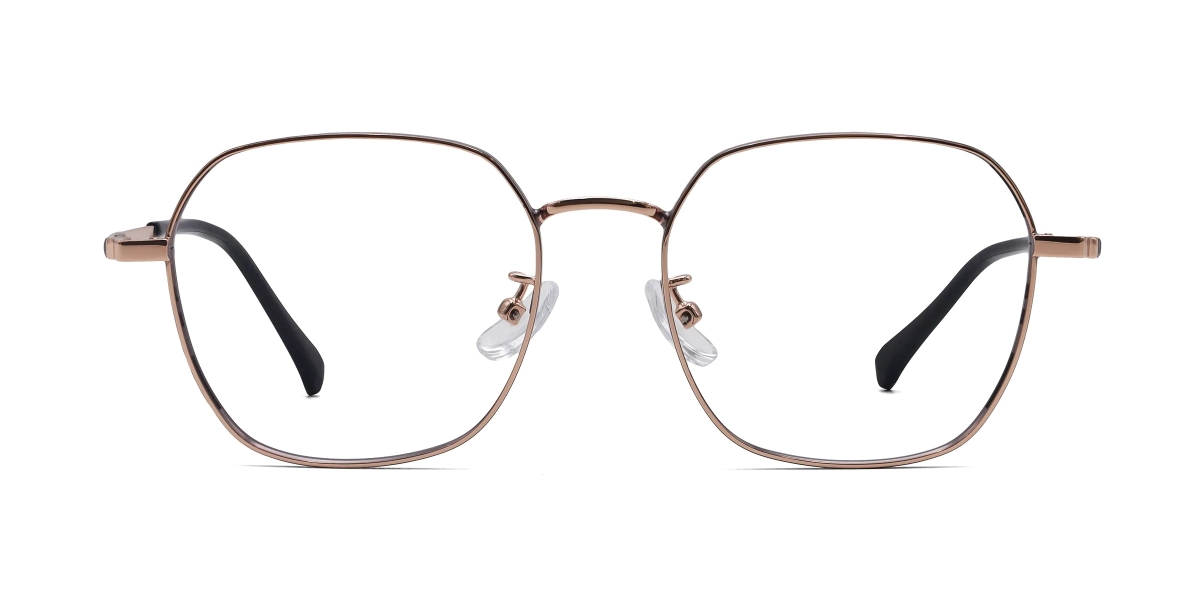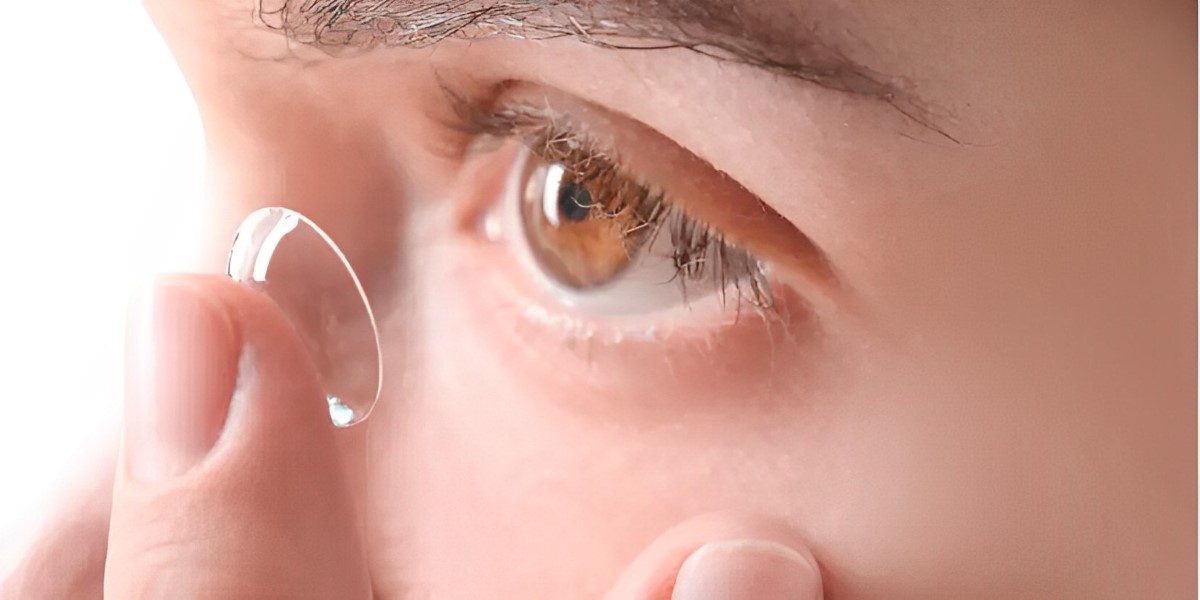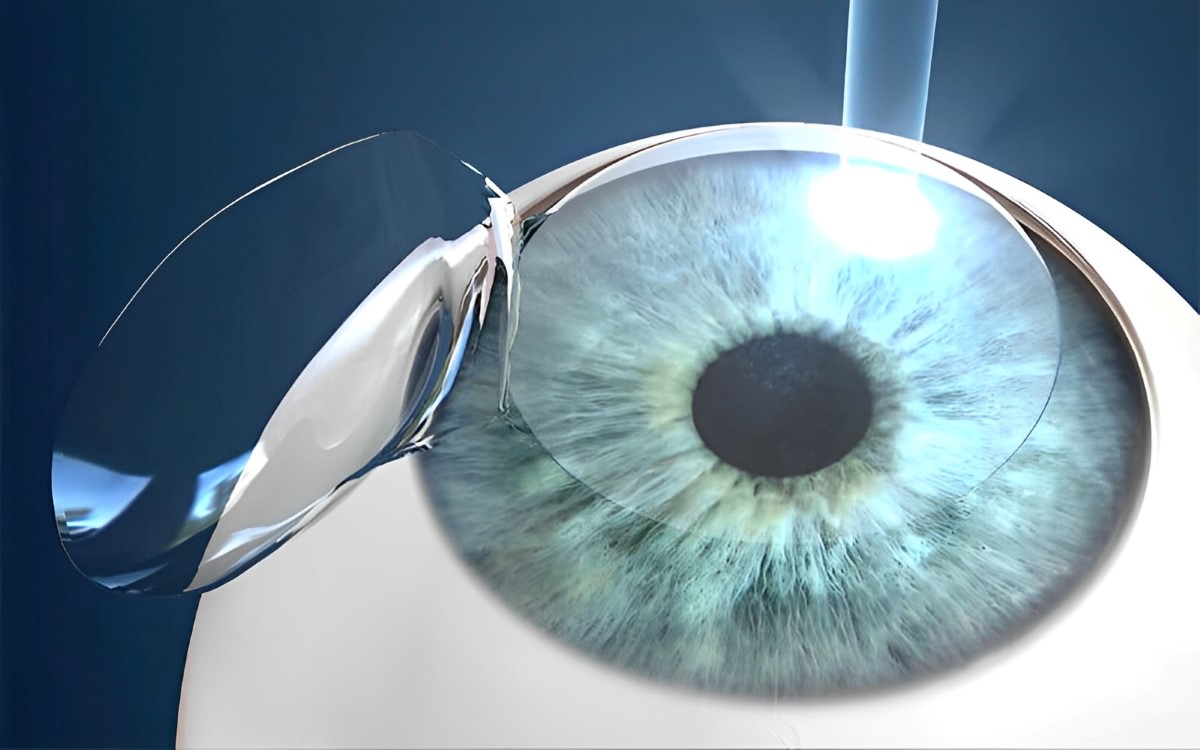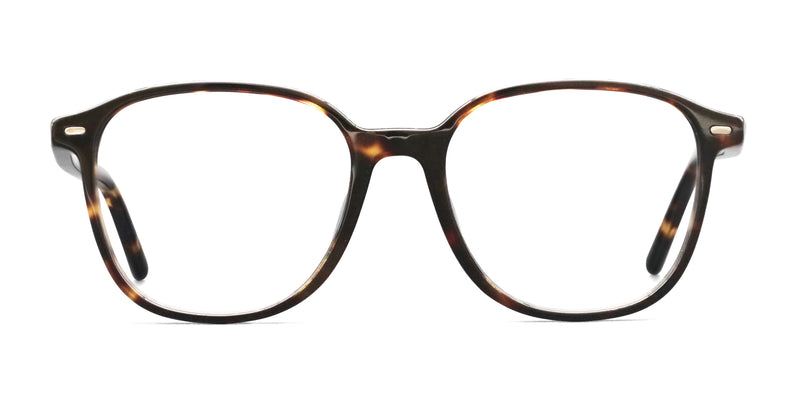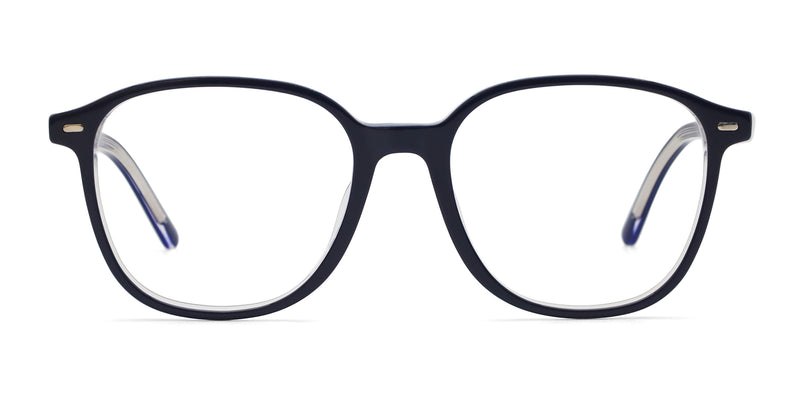Can Farsightedness Be Corrected with Glasses? What You Need to Know
If you can see things both near and far away with clarity, good for you. However, if you’re the opposite and struggling to see either near or far objects, you’re not alone either.
In fact, over 150 million Americans experience a refractive error; nearly half of the overall population! For this article, we’ll be focusing on farsightedness, which affects around 5% – 10% of Americans.
If you’re living with it or just curious to know more, read on to get to know its causes, symptoms, and ways to correct and treat the condition.
Table of contents
What is farsightedness?
Farsightedness (also known as hyperopia) is a vision problem where one finds it easier to see distant objects clearly than those near you.
For example, people with low farsightedness are more likely to be able to read signages in the distance than onscreen text in front of them.
How does farsightedness occur?
To understand farsightedness, let’s remember how we process images.
When light reaches the eye, it refracts (bends) as it passes through the cornea and the lens. A focused point is then formed on the macula, the part of the retina that’s the most sensitive to light. The retina subsequently sends the focused light as messages to the brain’s optic nerve. Lastly, the brain translates the received messages into the images we see.
However, in the case of farsightedness, errors at the refraction stage happen. It occurs when light is not refracted properly by your eye.This is usually caused by shorter eyeballs or a flatter cornea. The light is refracted behind the retina instead of directly on the retina. This is what causes your vision to be blurry when viewing nearby objects.
Common symptoms:
- Eye strain
- Headaches
- Squinting
- Blurry vision upon looking at nearby objects (with low farsightedness)
- Blurry vision for far and near (with higher farsightedness)
- Fatigue/eye discomfort after prolonged exposure to screens or doing close-up tasks
Farsightedness vs. presbyopia
Farsightedness and presbyopia may cause the similar issue of not being able to see or read close objects clearly, but they are actually two different conditions.
Farsightedness is mainly caused by the length of the eyeball and the structure of both the cornea and the lens. As was mentioned above, the light (image) is focused behind the retina. Presbyopia, on the other hand, is more of an aging circumstance. With time, one’s lenses harden and become inflexible, hindering their ability to focus light on the retina.
Farsightedness can occur at any age (even right after birth) while presbyopia occurs from ages 40 to 60.
With presbyopia, you may need to stretch further than arm’s length to read and require brighter than normal lighting.
How can prescription glasses correct farsightedness?
The most common and safest way to correct farsightedness is to wear eyeglasses. Prescription glasses work by adjusting the refraction of light. Specifically, the lens of your eyeglasses will correct the way light is refracted into your eye and focused on your retina. This effectively improves your vision.
Bear in mind that the need to wear eyeglasses depends on your level of farsightedness. In some cases where hyperopia is very mild, eyeglasses are not needed. Otherwise, if indeed the situation calls for a pair, you may not be required to wear it all the time but just at times when you need to read or work on the computer.
That said, if your farsightedness is moderate to high, it’s recommended to wear your glasses all day.
Of course, the best way to find out is to consult your eye doctor/specialist (optometrist or ophthalmologist) who will perform an eye exam and determine what kind of glasses are most suited to you.
If you’re new to eye exams, here’s a guide to what you can expect and how to get a prescription.
The best glasses for correcting farsightedness
Farsighted people are prescribed convex (outward-curving) lenses where the strength of the lens pulls the focused point of the light closer (just right on your retina). This results in you being able to clearly see things. Isn’t optometry amazing?
With help from prescription glasses, you’ll be able to go about your daily activities comfortably and lessen eye strain at the same time.
1. Polycarbonate lenses
Ideal for highly active individuals.
Pros:
- Lightweight and thin
- Impact-resistant
- Can have anti-reflective/blue light filter coatings
- Have UV protection
Cons:
- Can be costly
- Not suitable for high prescriptions
Range of prescription:
- +/-2.00 to +/-4.00
2. Trivex lenses
Suitable for outdoor (military) activities.
Pros:
- Strong and lightweight
- Impact-resistant
- Scratch-resistant
- Have UV protection
Cons:
- Not common to retailers as it’s a new material
- Expensive
Range of prescription:
- +2.00/-3.00 or below
3. Aspheric lenses
Best for people with high prescriptions.
Pros:
- Light and comfortable due to thinner quality
- Improve image quality and peripheral vision
- Can have anti-reflective/blue-filtering coatings
- Have UV protection
Cons:
- Costly
- Need anti-reflective coating
- Need accurate pupillary distance measurement, otherwise vision can get distorted
Range of prescription:
- +4.00 or more
4. High index lenses
Best for people with strong prescriptions.
Pros:
- Lightweight and thin
- Have anti-scratch/anti-glare coating
- Mostly have UV-blocking features
Cons:
- Fragile
- Need anti-reflective coating
- Prone to peripheral distortion
Range of prescription:
- +/-4.00 to +/-8.00
At Mouqy, we offer various lens indexes:
- 1.53 Trivex
- 1.59 Polycarbonate
- 1.60 Aspheric
- 1.67 Aspheric
- 1.60 Tribrid
Better yet, they can all be paired with our wide selection of frame designs.
If you’re worried that eyeglasses will change the way you look, worry not as you don’t necessarily have to sacrifice fashion for function. Mouqy’s got your back when it comes to finding a pair that suits your individual sense of style!
Here are some of our most highly rated frames:
Alternative treatments for farsightedness
Your options for correcting farsightedness don’t have to start and end at eyeglasses. If you find spectacles a hassle, these are your alternatives:
Contact lenses
Like eyeglasses, these can also correct refractive errors. Since they are worn directly on your eyeball’s surface (cornea), they become the first surface to be penetrated by light. This gives them the power to bend and focus the light onto your eye more precisely. That said, they may not be right for everyone since they pose the risk of allergies, eye infections, or dry eyes.
We’ve also written a more in-depth comparison between glasses and contact lenses.
LASIK (Laser-assisted in situ keratomileusis)
This is an operation where your eye surgeon, through the use of a laser, changes the shape of your cornea. Your surgeon gains access to your cornea by cutting and flipping back a hinged flap in front of your eye and putting it right back after the cornea is reshaped. LASIK results in greatly improved vision (although it normally gets hazy at first, post-op), provided that you are also careful during your recovery process.
If farsightedness affects you, there’s no way to recover from or reduce it (a sad truth). However, you’re still able to keep it from worsening and slow down its deterioration by making healthy choices for your eye health.
Get examined as soon as you suspect farsightedness
Now, take a moment to assess your current eye situation. If you believe you’re experiencing symptoms of farsightedness, don’t hesitate to schedule an eye exam.
The sooner you’re diagnosed, the sooner you can receive help and get more time to adjust to a life with eyeglasses.
If it does come to that, it can be quite an adjustment — and we don’t mean just visually! Once you have your new glasses on, be sure to circle back to our guide to smoothen the process of adapting to your new life accessory.

Written by:
Shu Kie











